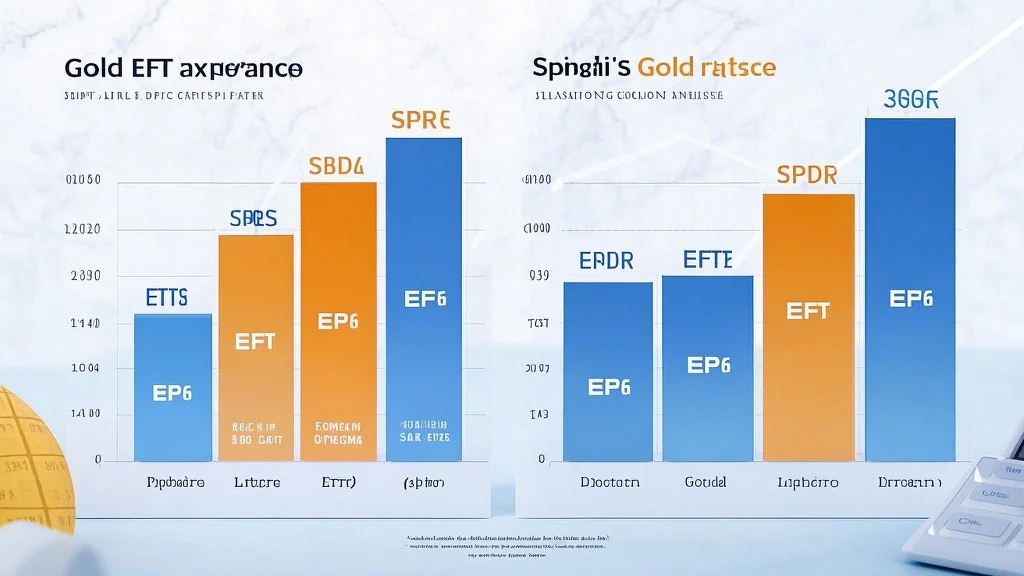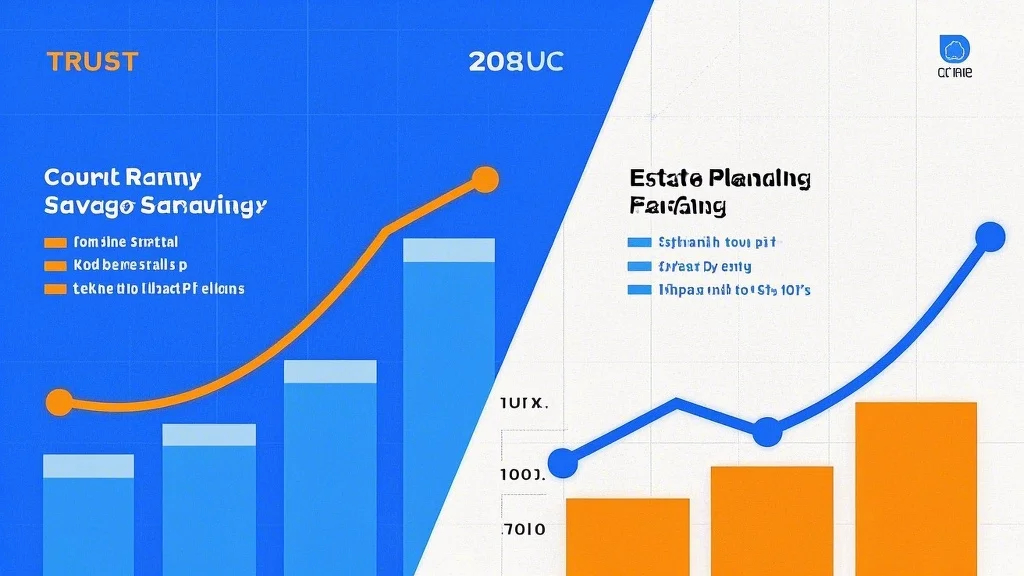In the world of precious metals, authenticity and quality are paramount. Whether you’re a jeweler, collector, or buyer, ensuring the gold you possess is genuine is a critical concern. This guide delves into the power of XRF (X-ray Fluorescence) testing, a cutting-edge technology that simplifies and revolutionizes gold authentication. Discover how XRF testing works, its benefits, and how it can transform your approach to verifying the authenticity of gold.

Introduction to XRF Testing and Its Role in Gold Authentication
When it comes to verifying the authenticity of gold, traditional methods such as acid tests or visual inspection have long been the go-to solutions. However, these methods are often time-consuming, invasive, and insufficiently precise. Enter X-ray Fluorescence (XRF) testing—a game-changing technology that has redefined the standards of gold authentication.
XRF testing is a non-destructive analytical technique that uses X-rays to determine the elemental composition of a material. By emitting high-energy X-rays at the gold sample, the XRF instrument excites the atoms in the metal, causing them to emit fluorescent X-rays. These emitted rays provide a detailed chemical fingerprint of the sample, revealing the presence and concentration of various elements, including gold.
One of the most significant advantages of XRF testing is its non-invasive nature. Unlike traditional testing methods that require cutting or dissolving the gold sample, XRF testing allows for a complete analysis without leaving any physical marks or damage. This makes it an ideal choice for authenticating high-value items such as jewelry, coins, and artifacts.
How XRF Testing Works for Gold Authentication
The process of gold authentication using XRF testing is straightforward and can be broken down into a few key steps:
Sample Preparation:
Unlike other testing methods, XRF testing does not require extensive sample preparation. The gold item is simply placed on the XRF instrument’s stage or held in a specialized sample holder. This ensures that the integrity of the item is preserved, making XRF testing a favorite among collectors and jewellers.
X-ray Excitation:
The XRF instrument generates high-energy X-rays, which are directed at the gold sample. When the X-rays interact with the atoms in the gold, they displace electrons from their orbits. This displacement leads to the emission of fluorescent X-rays unique to each element present in the sample.
Elemental Analysis:
The emitted fluorescent X-rays are detected by a sensitive detector within the XRF instrument. The detector converts these signals into a spectrum, which is then analyzed to identify the elements present in the gold. The presence of gold (Au) and other trace elements can be verified with extreme precision.
Results Interpretation:
The results of the XRF test are displayed in the form of a spectrum or a report. A certified professional can interpret these results to confirm the authenticity of the gold and determine its purity level (e.g., 14k, 18k, or 24k).
Advantages of XRF Testing for Gold Authentication
The benefits of using XRF testing for gold authentication are numerous, making it a preferred choice in the industry:
Non-destructive Testing:
XRF testing does not require any alteration to the gold sample, ensuring that the item remains unscathed. This is particularly important for antique or heirloom pieces, where any form of damage would significantly reduce the item’s value.
Rapid Analysis:
XRF testing provides results in a matter of minutes, making it a highly efficient method for verifying the authenticity of gold. This is especially advantageous for businesses that handle large volumes of gold items, such as jewelry stores or pawnbrokers.
High Precision:
XRF technology offers unparalleled accuracy in identifying the presence of gold and other elements. It can even detect trace amounts of impurities, ensuring that the gold is of the highest quality.
Versatility:
XRF testing is not limited to gold; it can be used to authenticate a wide range of precious metals and alloys, including silver, platinum, and palladium. This versatility makes it a valuable tool for multi-metal operations.
Real-World Applications of XRF Testing
The applications of XRF testing extend beyond gold authentication. Here are some real-world scenarios where XRF technology has proven to be invaluable:
Jewelry Verification:
Jewelry retailers and buyers can use XRF testing to verify the purity and authenticity of gold jewelry before making a purchase. This helps avoid costly mistakes and ensures that customers receive high-quality products.
Antique and Artifact Authentication:
Collectors and museums rely on XRF testing to authenticate antique gold items and artifacts. The technology helps confirm the item’s origin and ensure it has not been tampered with or altered over time.
Industrial Quality Control:
In industries that manufacture gold products, such as electronics or dental applications, XRF testing is used to maintain quality control standards. It ensures that the gold used meets the required specifications and is free from impurities.
Choosing the Right XRF Instrument for Gold Authentication
Not all XRF instruments are created equal. When selecting an XRF device for gold authentication, it’s essential to consider factors such as precision, portability, and ease of use. Here are some key considerations:
Precision and Sensitivity:
The ability of the XRF instrument to detect trace elements in gold is critical for accurate authentication. High-resolution XRF devices are better equipped to identify low concentrations of gold and other elements, ensuring precise results.
Portability:
If you plan to use the XRF instrument in the field, such as during auctions or appraisals, portability is a key factor. Handheld XRF devices are lightweight, compact, and easy to operate, making them ideal for on-site use.
Ease of Use:
User-friendly interfaces and advanced software features can significantly enhance the efficiency of gold authentication. Look for devices that provide intuitive navigation and automated analysis capabilities to simplify the testing process.
Cost:
While high-quality XRF instruments can be expensive, they are a worthwhile investment for businesses and individuals who handle valuable gold items regularly. Consider the long-term benefits and return on investment when making your decision.
Best Practices for Conducting XRF Testing
To ensure the accuracy and reliability of your XRF testing results, it’s important to follow best practices:
Calibration:
Regularly calibrate your XRF instrument to maintain accuracy. Use standard reference materials to verify the device’s performance and ensure that it is functioning correctly.
Sample Positioning:
Proper positioning of the gold sample is crucial for obtaining accurate results. Ensure that the sample is placed evenly under the X-ray beam and that the instrument is held steady during testing.
Environmental Conditions:
XRF testing is highly sensitive to environmental factors such as temperature, humidity, and vibrations. Conduct tests in a controlled environment to minimize external interference and ensure optimal results.
Expert Interpretation:
While XRF testing is a powerful tool, it requires expertise to interpret the results accurately. Work with a certified professional or use advanced software to analyze the data and draw meaningful conclusions.
The Future of Gold Authentication with XRF Technology
As technology continues to evolve, so too does the field of gold authentication. XRF technology is at the forefront of this evolution, offering unparalleled accuracy, efficiency, and versatility. With advancements in machine learning and artificial intelligence, XRF instruments are becoming even more sophisticated, enabling faster and more precise analyses.
The adoption of XRF testing is growing rapidly, driven by its non-destructive nature, ease of use, and cost-effectiveness. As more people and businesses recognize the benefits of this technology, it is poised to become the standard for gold authentication in the coming years.
In the world of gold authentication, trust and accuracy are everything. The XRF testing method offers a groundbreaking solution to the challenges of verifying the authenticity and quality of gold. With its non-invasive approach, rapid results, and high precision, XRF technology is revolutionizing the way we authenticate and value gold.
For anyone dealing with gold—whether as a jeweller, collector, or buyer—investing in XRF testing is an investment in peace of mind. By leveraging this advanced technology, you can ensure that your gold is not only authentic but also of the highest quality.
In a world where counterfeit gold is a growing concern, XRF testing stands as a reliable beacon of truth and quality. Embrace this technology and unlock a new level of confidence in your gold authentication process.




